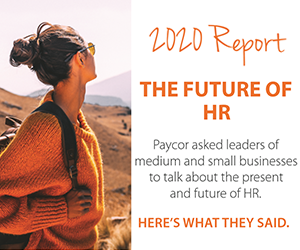How to Implement an Artificial Intelligence Policy [Part 3]
HR Bartender
OCTOBER 22, 2024
We’ve been talking about artificial intelligence (AI) policies in this series. The first article focused on why organizations need to have both AI strategies and policies. Cherveny] There are a number of ways HR is using AI today. Learning and Development: Today, AI can learn a person’s voice and apply it to training content.























































Let's personalize your content